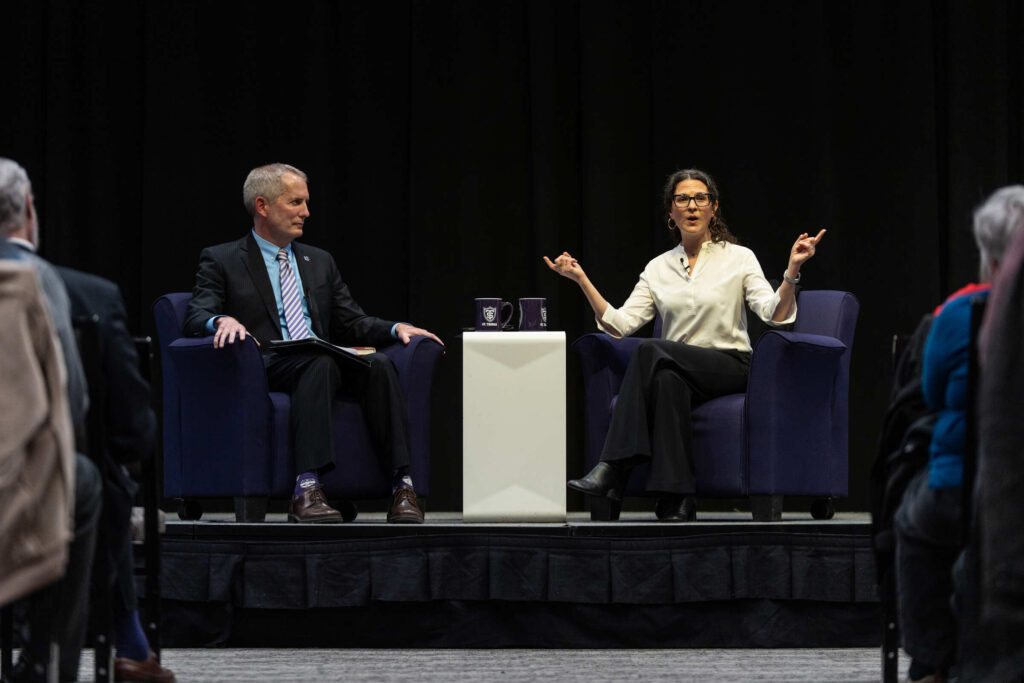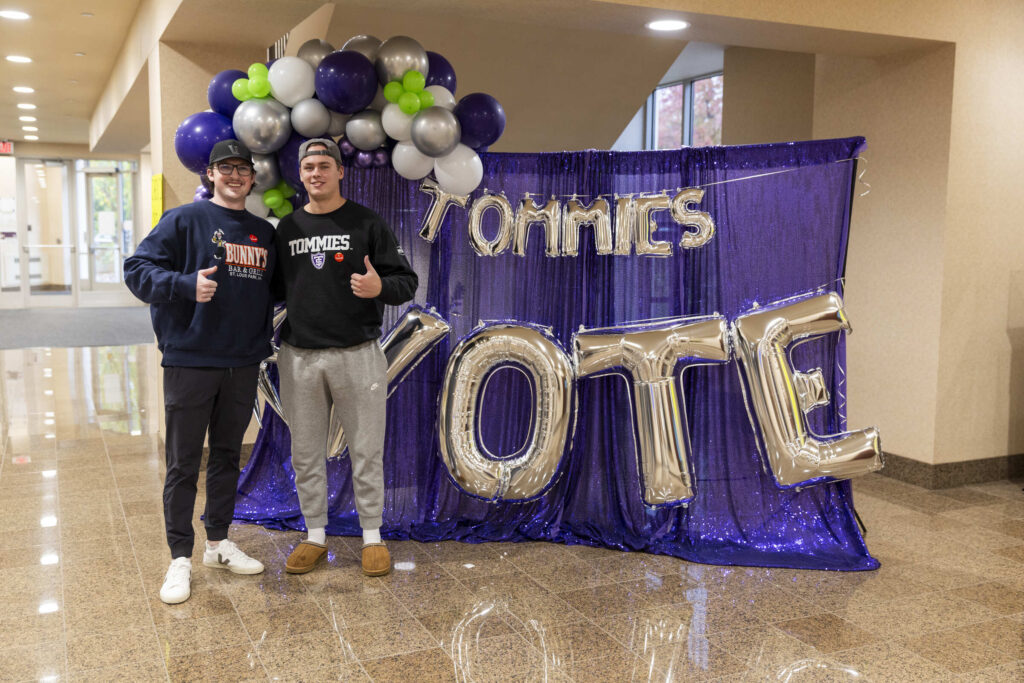Web Wednesday: Building an e-mail trust at UST
From Information Resources and Technology
In Tech Tuesday’s article, “E-mail Tools and Best Practices," IRT listed tools and best practices for e-mailing. As mentioned, St. Thomas uses Lyris Listmanager for a variety of our external mass e-mail communication needs, one of which is e-mail marketing.
Every e-mail sent to potential or current clients soliciting an action could be considered e-mail marketing. There are various reasons we use e-mail marketing at UST: to reach new students and clients, or to promote or advertise classes, events and information sessions.
When we use e-mail to communicate with potential or existing clients we must take care that our e-mails are not seen as spam to recipients or to Internet service providers. Spam is an e-mail message that is sent in bulk, indiscriminately, and is unsolicited by the people receiving it. It is sometimes difficult for senders to think that their important message is seen as spam; one person’s useful, informative e-mail is another person’s spam and vice versa; however, when we send out e-mails with St. Thomas’ name attached it is imperative that we follow professional standards. Below are a few suggestions to ensure that St. Thomas e-mails don’t annoy the people who receive them, are more likely to be read, and importantly, to make certain they are not marked as spam by the recipient and the Internet service provider.
The CAN-SPAM Act (Controlling the Assault of Non-Solicited Pornography and Marketing Act) describes illegal activity; however, legitimate e-mail senders should go beyond CAN-SPAM compliance and follow professional standards to reduce alienation and create trust-based e-mail marketing programs.
For example:
- Don’t buy your e-mail lists.
- Make sure the people you are sending your message to have chosen to receive your e-mail.
- Include a notice explaining how you obtained their e-mail addresses.
- Ensure you have a mechanism to allow people to opt out of receiving future e-mails by using the sender’s return e-mail address or Web-based reply mechanism: Make sure it will function for at least 30 days following the transmission of the message.
- Honor all opt-out requests within 10 business days of their receipt.
- Ensure messages from UST are properly branded and include contact information and e-mail address.
- Refrain from sending any message with a misleading subject heading.
- Do not sell, exchange or otherwise transfer the e-mail address of any recipient.
If these practices are not followed, we not only run the risk of alienating the community but also run the risk of being blacklisted by an Internet service provider (such as AOL or Earthlink). If too many of the recipients of our e-mail messages label our e-mails as spam (often an easy one click process) we may be added to Anonymous Postmaster Early Warning System (APEWS). This is a service that maintains a list of address ranges and domain names of Internet service providers that fail to prevent their abuse of their networks' resources. Once St. Thomas is on that list, none of our messages will be received by that company, thereby stopping all future e-mail communications to that company.
By following the above practices you can do your part to ensure that St. Thomas’ e-mails are wanted, read and continue to be accepted by everyone. Please do your part to maintain St. Thomas' brand and reputation in the e-mail world. It is a wild, wild e-mail world out there; when you send an e-mail marketing message from the University of St. Thomas make sure your recipients know it’s from UST and they want it.
To learn more, contact your local technology consultant, or contact the IRT Tech Desk, (651) 962-6230.






